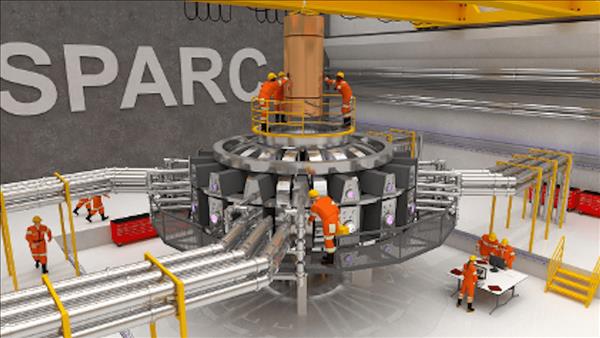
Solutions To Big Problems Dreams, Reality, And Fraud
Big industrial problems attract entrepreneurs with big ideas and investors with a high risk appetite. Starting with good intentions, some end up as disastrous frauds as promised products prove to be unachievable.
How does this happen? Such situations are rare but some entrepreneurs end up misleading themselves and investors in the mistaken belief that obstacles will be overcome with just more dollars and patience.
The infamous case of Theranos ended with the recent conviction for fraud of the entrepreneur who had falsely claimed to solve the problems of rapid and low-cost blood-specimen testing after raising hundreds of millions of dollars while falsely claiming success.
A more recent fraud case involves the hot area of carbon-free energy. The Nikola Corporation went public with the objective of manufacturing trucks propelled by fuel cells using hydrogen. This is an old concept with practical limitations.
As of September 12, Nikola founder Trevor Milton stood accused in US Federal Court of securities fraud as the company failed to deliver any product while stating otherwise. Before the facts became known, the company briefly reached a public valuation of US$30 billion – which approached that of the Ford Motor Company.
Both of the above ventures made initially plausible cases for achieving their products. They raised money because many investors in high-risk technology ventures are willing to believe that all technological risks can be overcome by a great team led by a brilliant entrepreneur.
One reason for such high risk is that entrepreneurs looking for big ventures may promote technologies that show promise, but have a long history of failure to reach practicality. The entrepreneur promises a solution where others have failed.
There is no shortage of well-intentioned personalities willing to endorse such ambitious entrepreneurs on the basis of belief in the eventual success of perceived revolutionary technologies. For example, Henry Kissinger was on the board of Theranos, clearly not in his area of expertise.
Fusion energyAmong the current high-risk big ideas that are attracting entrepreneurs is nuclear fusion for power generation. This addresses the generation of“clean“ power through atomic fusion of hydrogen, which attempts to emulate the way energy is produced in the sun and other stars.
Hydrogen gas is tightly confined under enormous pressure, and extremely high temperatures. When a critical condition is achieved, two hydrogen atoms fuse, producing one helium atom, in the process generating energy (heat) and one neutron.
If scaled, such a process can theoretically produce boundless amounts of “clean” energy. But the practical problems are enormous. Unique aspects include the development of new reliable materials for building the systems.
For more than 60 years governments have invested many billions of dollars to realize this dream. As a result, it has been demonstrated that the fusion process can be achieved under laboratory conditions for very short times, but the energy generated does not significantly exceed the applied power required to sustain fusion.
So the technical objective has not yet been reached, and none of the best-informed technologists can offer a timetable. Developing such technologies takes enormous resources and much specialized development in totally new areas.
Breakthroughs in electronicsWe have been spoiled by the pace of progress in practical electronics and software. During the past 60 years, computing power has dramatically increased, following the progress curve of Moore's Law – a doubling of the component density of chips every two years. As a result, the power of a room-sized mainframe computer of 6o years ago is now contained in a smartphone.
Popular expectations too often translate from this amazing progress to chemical or mechanical technologies. During the same 6o years, progress in fusion technology has been in the areas of theory and lab results, not practical power generation. The reason is that the technological problems in fusion and in microelectronics are very different.
This has not prevented entrepreneurs from promising breakthroughs. For example, claims are made that applications of artificial intelligence and machine learning will result in the design of practical fusion systems.
There is no reliable timetable to success in development of revolutionary technology, and there is a long history of failure. Breakthroughs happen but never on schedule, and investors must be prepared for such risks.
Henry Kressel is a technologist and inventor and a long-term private equity investor.

Legal Disclaimer:
MENAFN provides the
information “as is” without warranty of any kind. We do not accept
any responsibility or liability for the accuracy, content, images,
videos, licenses, completeness, legality, or reliability of the information
contained in this article. If you have any complaints or copyright
issues related to this article, kindly contact the provider above.

















Comments
No comment